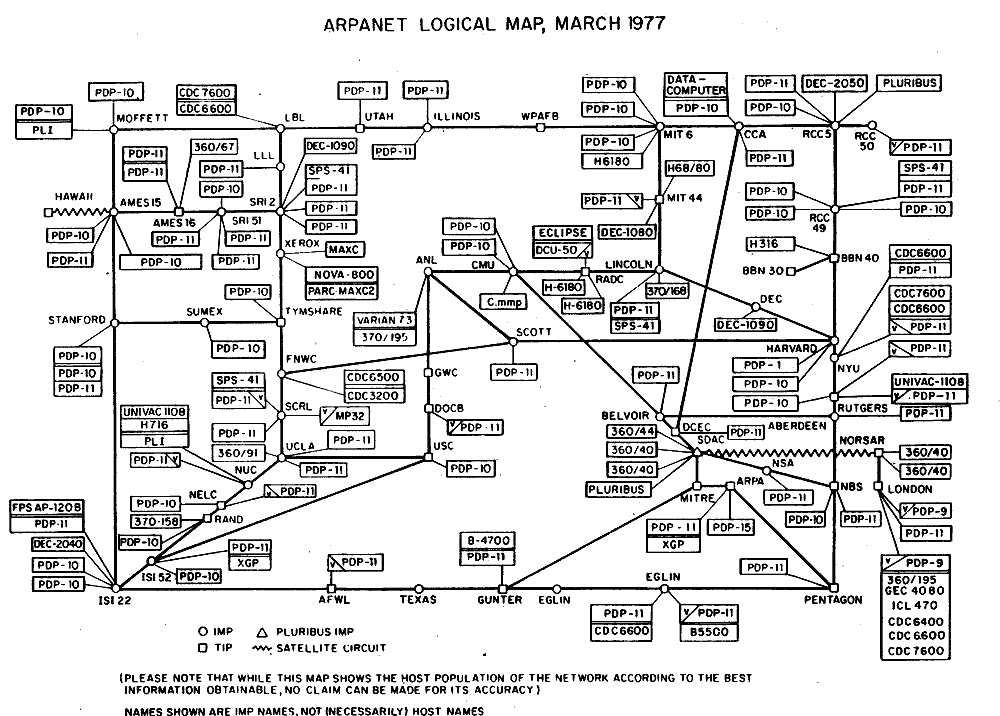

HISTORY OF AUTOMATION IN LIBRARIES SERIAL NUMBERS
This software automates core library operations that are repetitive in nature and allows librarians to search for titles in a central book record, assign unique serial numbers to titles, categorize books, and keep track of title location within the library system. “However, it also contributes to the library building having more space for collaborative learning and to the transformation from a ‘warehouse for books’ into a versatile educational space.Helps schools, colleges, public, and private libraries with activities including book handling, title acquisition, catalog building, indexing, and circulation. “The system is designed to accelerate ordering and return processes and to intelligently sort and store the library’s valuable collections,” says Hunter, outlining the many benefits. In this case, up to 100 items can be stored in a single container, which has a barcode, providing information on fixed or freely selectable storage locations as well as on the container’s contents.
HISTORY OF AUTOMATION IN LIBRARIES ARCHIVE
The specific storage type can also differ based on the individual situation: While the National Archive of Canada uses a shelf solution with individual boxes, most university libraries are equipped with containers. “The smaller footprint, in contrast to conventional systems, allows for better control of key factors such as dust, temperature and solar radiation,” Hunter explains.

It is a sophisticated system that can handle new environmental conditions for every new order. And yet, it takes no more than five minutes from the final click in the online request via the library’s lending system until the selected books are ready at the collection point.Īccelerating processes and supporting collaborative educational centers

The numbers involved are truly astounding: Currently, a total of more than ten million individual editions of books, magazines and articles can be stored in an average of one-seventh of the space required by conventional library archive systems. This is where Dematic comes into play with its scalable systems that can hold vast numbers of books and are intelligently controlled and automated via software. “Both software and hardware have evolved tremendously over the past few years and are key factors in providing reliable solutions that can be adapted to individual local conditions,” Hunter adds. “There are currently two approaches relative to automated systems in libraries: They either prominently display their system proudly like in Jerusalem, or the system is hidden from a library’s patrons like the underground configuration at the University of Chicago, where the books requested appear through the floor as if by magic,” explains Todd Hunter, a senior account manager for automated library systems at Dematic.įor over 25 years, Dematic has been installing partially and fully automated systems in libraries and archives around the world, which generally store almost the entire collection intelligently, efficiently and on a small footprint. They can also follow in real time how an ancient volume finds its way to the order point, thanks to high tech.

As the books are transported quickly to the collection point, visitors are visually engaged in the automated process through a large panoramic window, which is another eye-catching architectural feature of this spiral-shaped library. The new building housing Israel’s ‘source of knowledge’, as the library is reverently known, is located on the Givat Ram campus at the Hebrew University of Jerusalem and was designed by well-known Swiss architects, Herzog & de Meuron. The Dematic system ensures faster delivery of the items ordered and since they are exposed to fewer contact points along the way, provides better protection of the many works and tomes. A conveyor belt then returns the container fully automatically to its original storage location. When a book is ordered via the library’s internal system, it automatically arrives at a collection point, where a laser beam indicates to an employee which copy to pick up. “It’s an enormous logistical challenge,” notes Jessica Heinz, head of Marketing and Business Development at Dematic Central Europe. The KION Group brand is currently installing an automated small-parts warehouse in the National Library of Israel, formerly the Jewish National and University Library, where 50,000 containers store roughly four million items from the entire collection. Cutting-edge technology meets a centuries-old institution in the latest project by Dematic, a global leader of integrated automated supply chain technology, software and services.


 0 kommentar(er)
0 kommentar(er)
